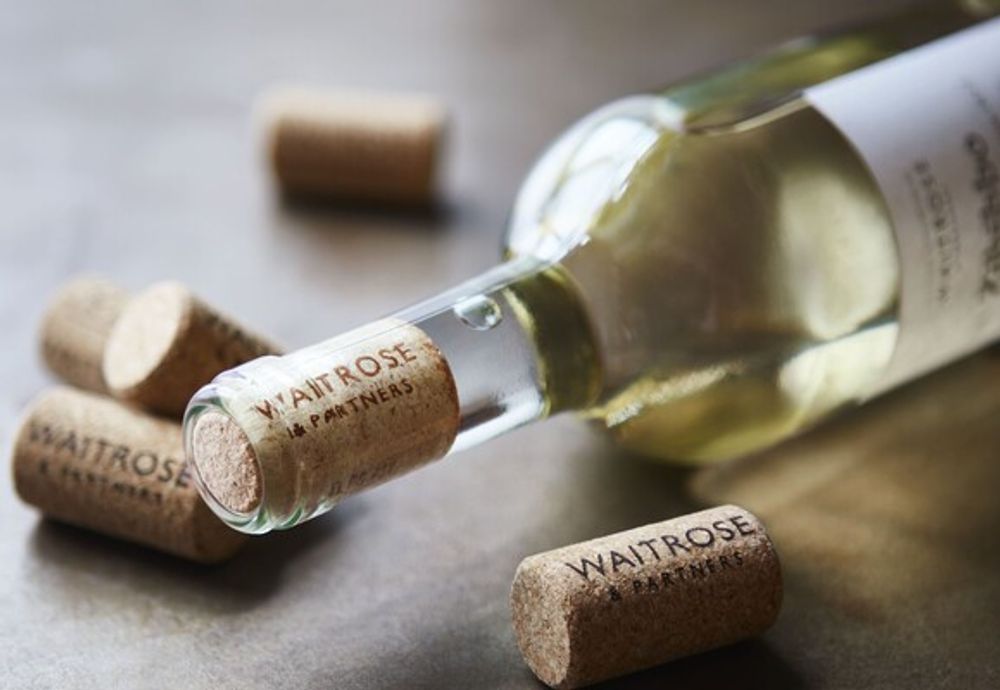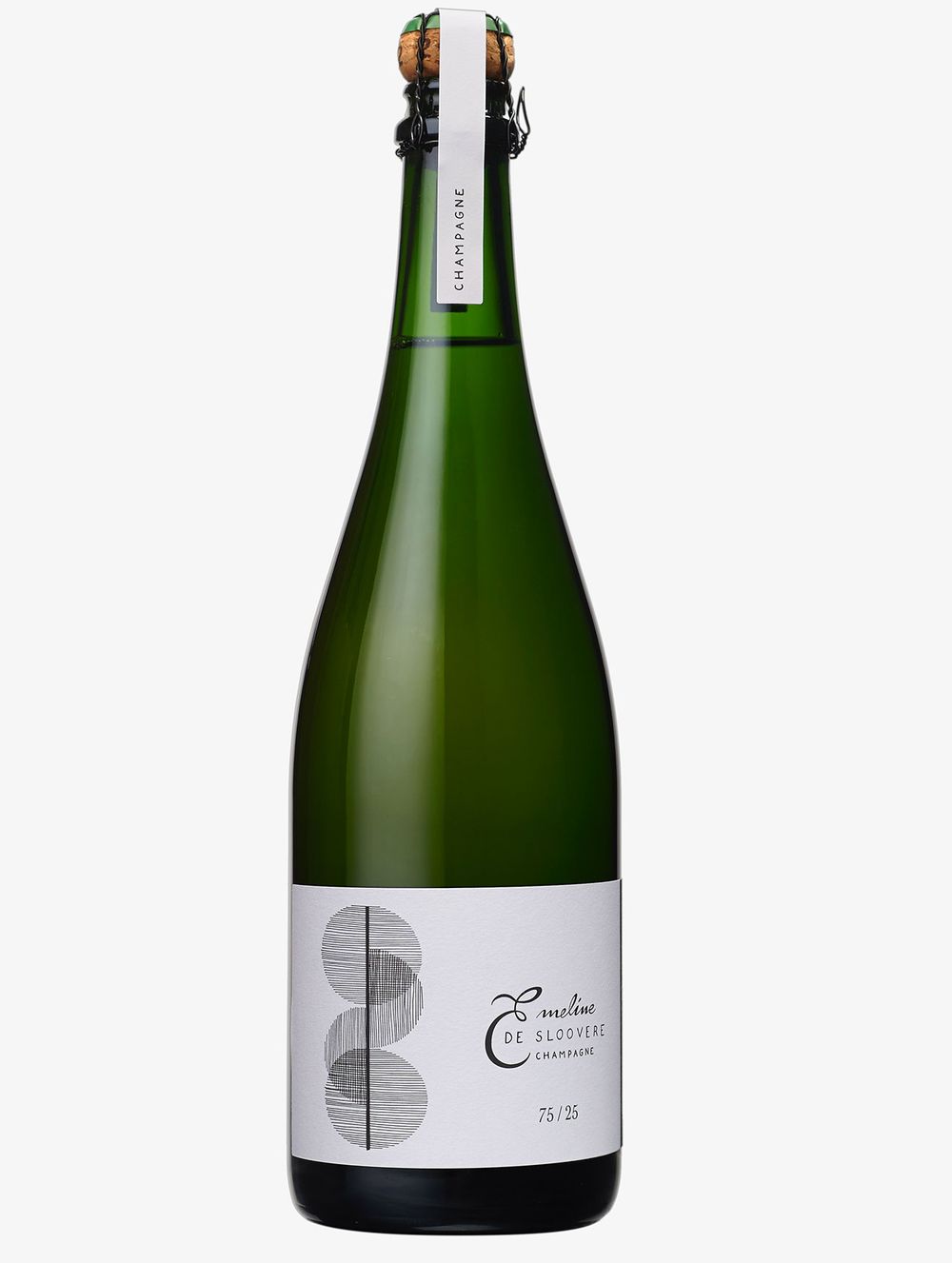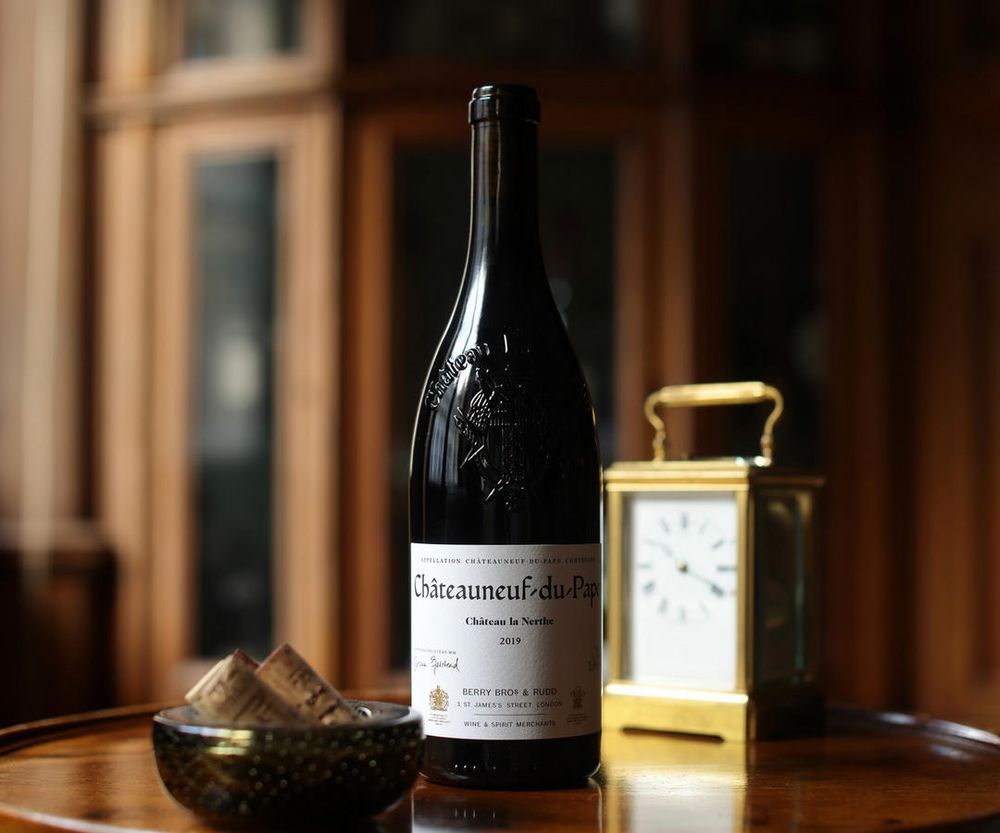“The sheer amount of waste that could be negated at source by the wine industry through this simple move is extraordinary.” Rupert Millar on why the time is up for wine capsules.
Look at a bottle of wine. Any bottle. Imagine one if there isn’t one nearby. What do you see? First is the shape of the bottle itself, then the label, and at the top, the foil capsule.
It is an unobtrusive, but essential, part of a bottle’s costume in our mind’s eye – our conception of how a wine bottle should look.
So central that to deal with it a sub-appendage of the corkscrew was developed, the foil cutter. Sommeliers and wine fanciers have grown adept at the two-handed shuffle required to run the blade around the top of the foil to get at the cork below.

Take your pick of wine capsule….or perhaps not at all
It is apt, however, that the ‘ritual’ of opening a bottle of wine should begin with the slightly gruesome pantomime of slitting its throat.
When these capsules are made of thicker and sharper tin, rather than aluminium, some real bloodletting can occur. More than a few wine lovers have any number of nicks and scars on their thumbs from slicing it on a ragged edge.
That said, for all the rigmarole, it is likely many people barely notice the capsule most of the time. Instead, they hack it to shreds or twist, tear and rip it off in their impatience to get at the wine within.
And here is the issue. Although it plays a central role in the ‘theatre’ of wine consumption, is the capsule necessary?
The humble foil capsule is the surprising Swiss army knife of wine packaging. It provides an additional place for branding and pushing the aesthetics of a winery (a shame so many, thin, cheap, easily scuffed and wrinkled ones continue to be used). They can be colour-coded to give subtle direction to the buyer – silver, green and yellow for whites, red, black and purple for reds etc.

A quick scan through YouTube will reveal countless videos that show just how frustrating having to remove a wine capsule is for many wine drinkers
They also protect the cork, which was their original purpose. Then again, in an age where few people store wine for long periods, rarely at home and certainly not in a cellar, is protection from bark-fancying ‘Nemapogon cloacella’ or ‘Oinophila v-flava’ required anymore?
The challengers
There have been several challengers vying for the foil capsules’ crown. The Stelvin screwcap for one, though that’s an evolution of the capsule with an integrated lid.
Wax has seen the biggest up-take at the expense of the traditional capsule. Despite having its detractors, it fulfils the decorative and protective function of a capsule, while also speaking to a particular low-intervention aesthetic.
But there is a third, even simpler way. Ditch capsules altogether. And there’s a small coterie of winemakers and businesses who have been doing just that.
The more you look for missing capsules the more you notice their absence. Go on the websites of The Sourcing Table, Vin Cognito, Top Cuvée or Les Caves de Pyrene, browse the shelves of Shrine to the Vine, Waitrose, Berry Bros & Rudd or any number of neighbourhood bottle shops and you’ll see bottles ‘sans coiffe’.

Waitrose claims removing wine capsules from just one of its own label ranges will save half a tonne in packaging
There are two main reasons for this; cost and waste. The cost of dry goods has been rising since the end of the pandemic and the Russian invasion of Ukraine. Bottles, corks, aluminium foil, paper for labels and so forth, are all expenses the winemaker has to foot. The individual components may not be very expensive, but over several tens of thousands of bottles and the costs mount up.
This reason alone would be reason enough for most winemakers to consider if a foil roll – or for that matter a screwcap – is worth the cost.
Going naked
It is the second issue, however, which appears to be a driving force behind the trend to go ‘naked’. Given that most wines are consumed soon after purchase, untold millions of bottles every year, every part of the packaging becomes waste to be dealt with. In an age where environmental concerns are rising fast, the question is can we afford to be producing something which has no future other than in a bin?
In recent years, a steady drip of producers and businesses have whipped off their capsules to effect greater change.
Champagne is a region where opulent golden foil is a longstanding part of the packaging furniture. Here, one small grower recently announced she was ditching it for a simple paper strip.
Emeline De Sloovere is the fifth generation of her family to run Champagne De Sloovere-Pienne, a small eight-hectare estate south of Epernay.
Having already worked to make her viticulture and vinification more environmentally friendly, packaging was the logical next step.
“A metal capsule is made from laminated materials, comprising a plastic film between two layers of aluminium,” explains De Sloovere. “It weighs around 3 grams, while the paper weighs less than one. And recycling is much easier with paper.”

Champagne De Sloovere-Pienne has shown the way forward by removing its capsule in favour of a paper strip
For De Sloovere, it’s a packaging choice in step with her attempts to be more sustainable. Might other, bigger Champagne houses follow her lead?
“If our action can encourage other houses to switch their capsules for paper, that would give us a certain sense of pride. To have opened the door to a new era of packaging in Champagne,”she says.
The big maisons might be a bit slower on the uptake, but De Sloovere is far from alone.
Since taking over from her father, Stephanie Ramé and her husband Olivier at Maison Ventenac in Cabardès have focused on organic viticulture and low-intervention vinification. Now producing close to two million bottles a year, they too have recently begun phasing out the use of capsules; for the moment adding a sticker explaining: ‘No capsule – For the planet’.
Or there’s Flint Vineyard in Norfolk. Here owner and winemaker Ben Witchell made practical, sustainable and aesthetic reasons for the choice. It largely came down to his desire to bottle under cork as he thought it better for the wines’ development.
Aesthetically, Witchell thought that capsules and screwcaps had distracted the eye from the (very elegant) labels with their Venn diagram designs. Bottling under cork was, therefore, better for the wine, more discreet, a much more sustainable closure option and helped reduce waste.

Fine wine merchant Berry Bros & Rudd has removed capsules from many of its classic wines in its
It’s not just winemakers making this choice, retailers are too. Fine wine merchant Berry Bros & Rudd began removing capsules from its ‘Own Selection’ range in 2021. Waitrose announced in April it would trial removing capsules on its ‘Loved & Found’ range; a move it estimates will save half a tonne of packaging waste a year.
The sheer amount of waste that could be negated at source by the wine industry through this simple move is extraordinary.
Now, capsules continue to have their uses and there’s nothing to say they couldn’t be made more sustainable. But given the current trends of wine buying and consumption and the environmental impact involved, it is reasonable to ask if they are unanimously necessary. And many producers seem to be asking themselves the same question.
For now, it’s a movement largely confined to small, eco-minded producers. To go capsule-free also requires returning to cork closures which is an issue for some even if they are much improved and inherently sustainable as a closures option.
Maybe though, one day soon, a bigger winery will decide to follow suit. It would surely be an easy win from a sustainable and cost-saving point of view. What’s not to like for a large multinational looking for an easy win?
Tentative they might be to go au naturel – ‘what will the consumers think?!’ – it’s a guarantee most will barely bat an eye.
- You can follow Rupert Millar on Twitter on @wineguroo and on Instragram on @roo_millar.
- You can see other wine articles Rupert Millar has written here.


































